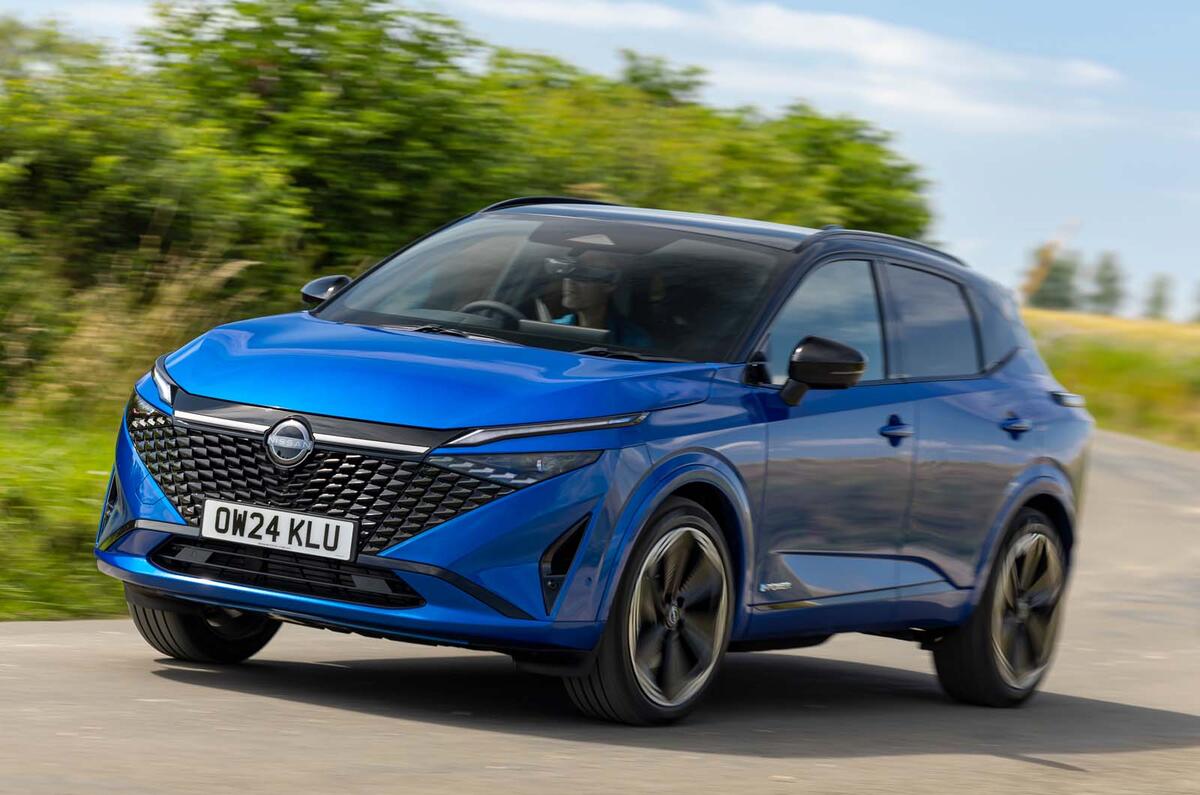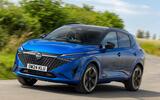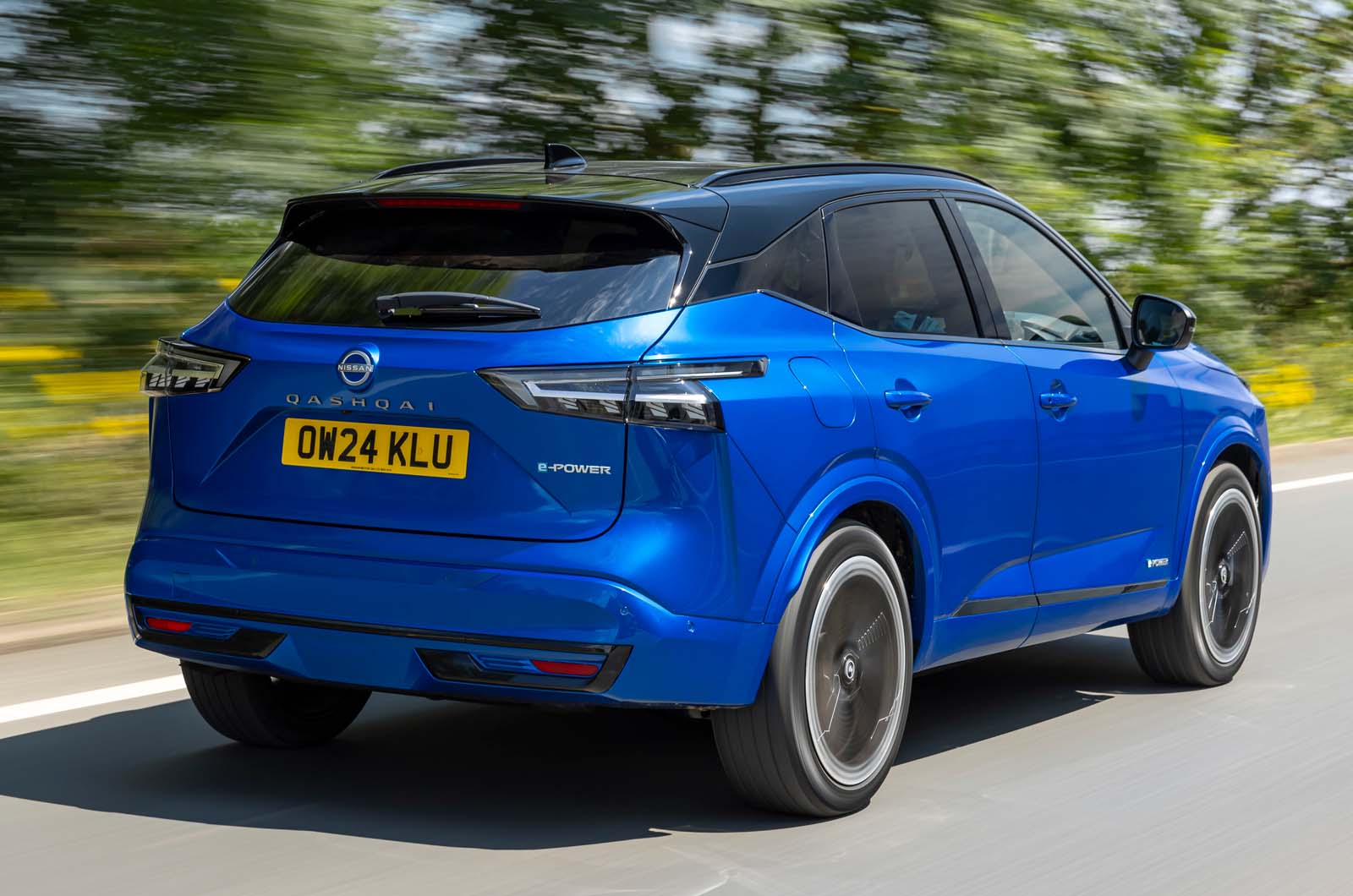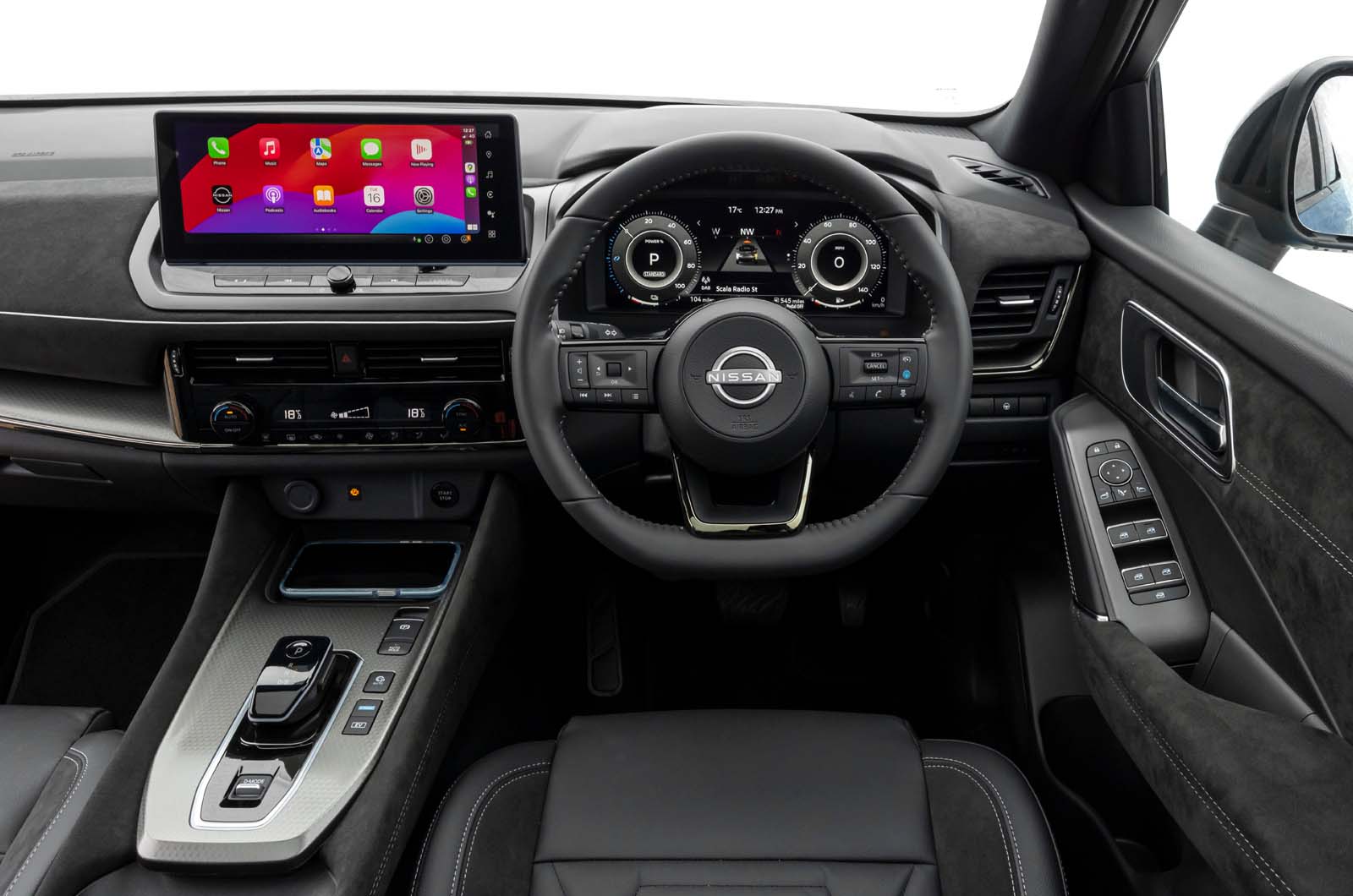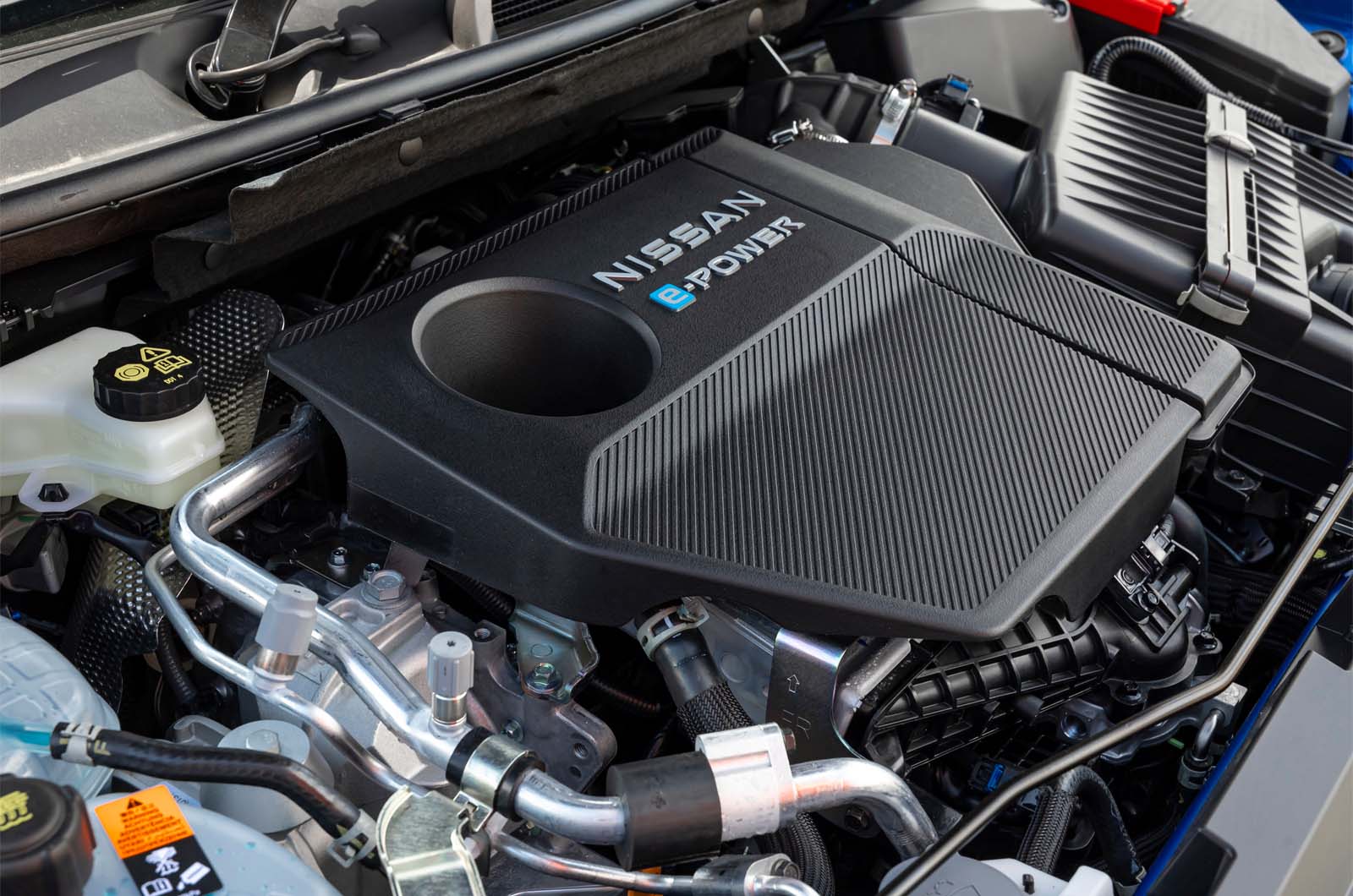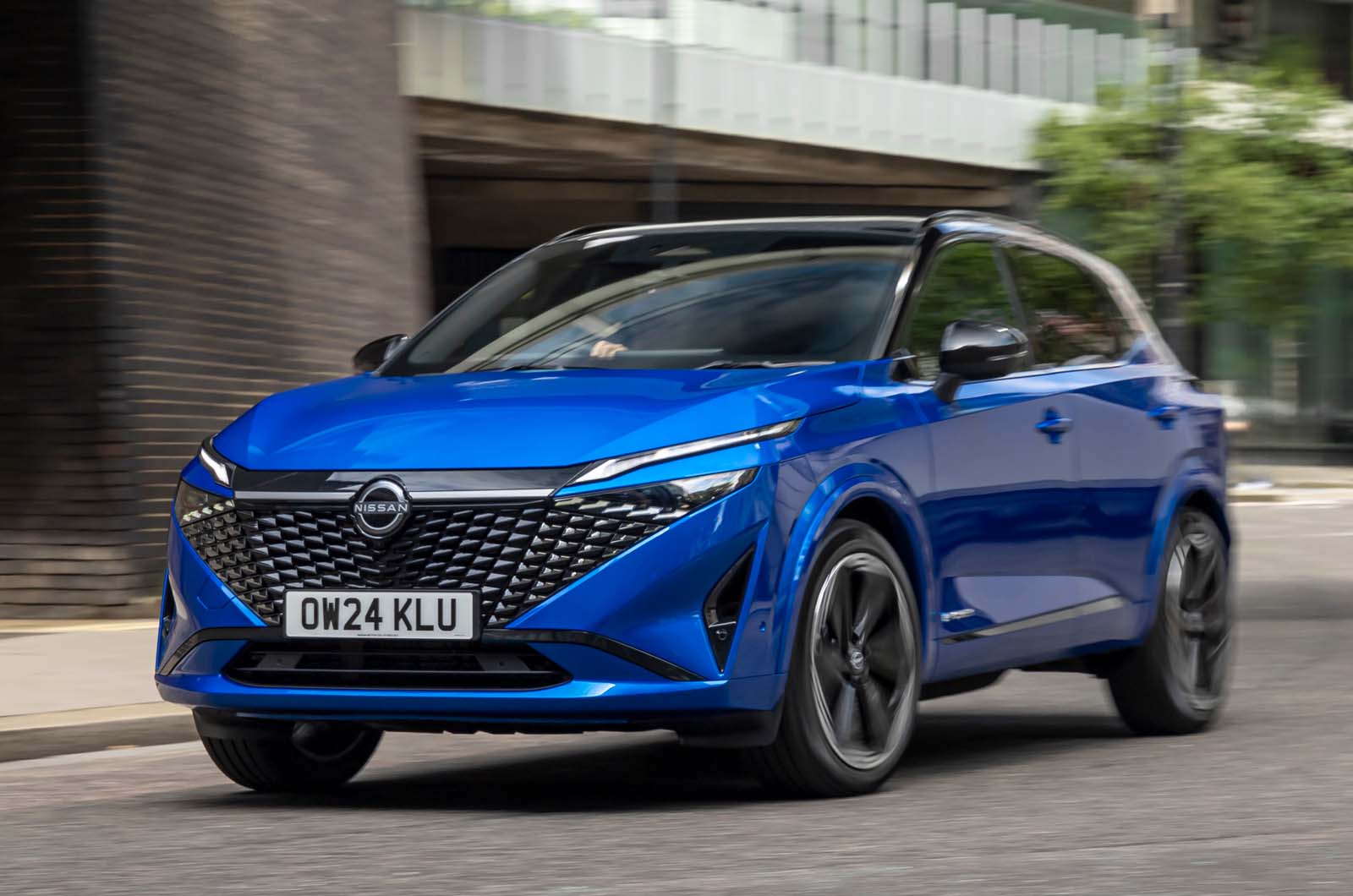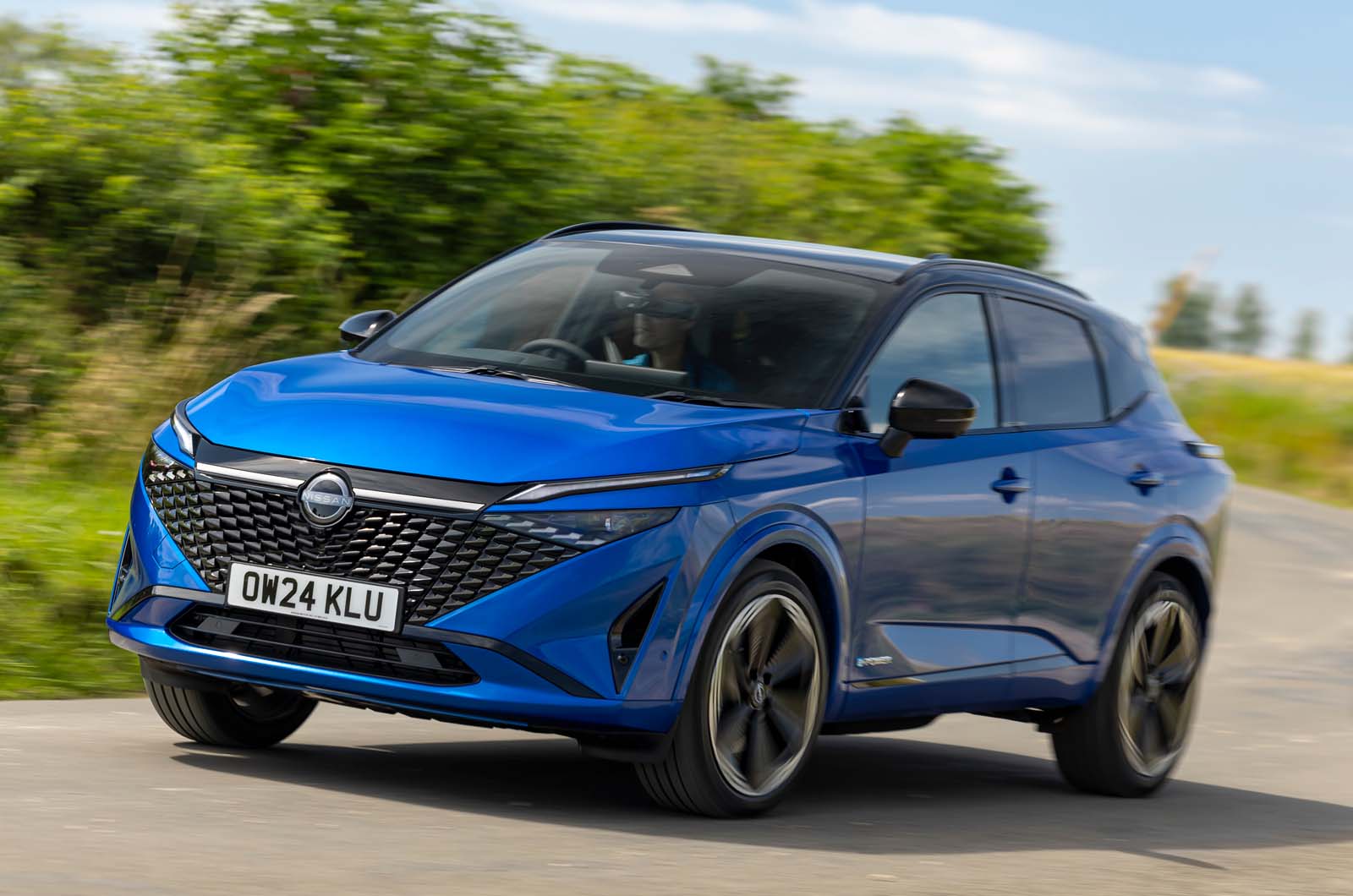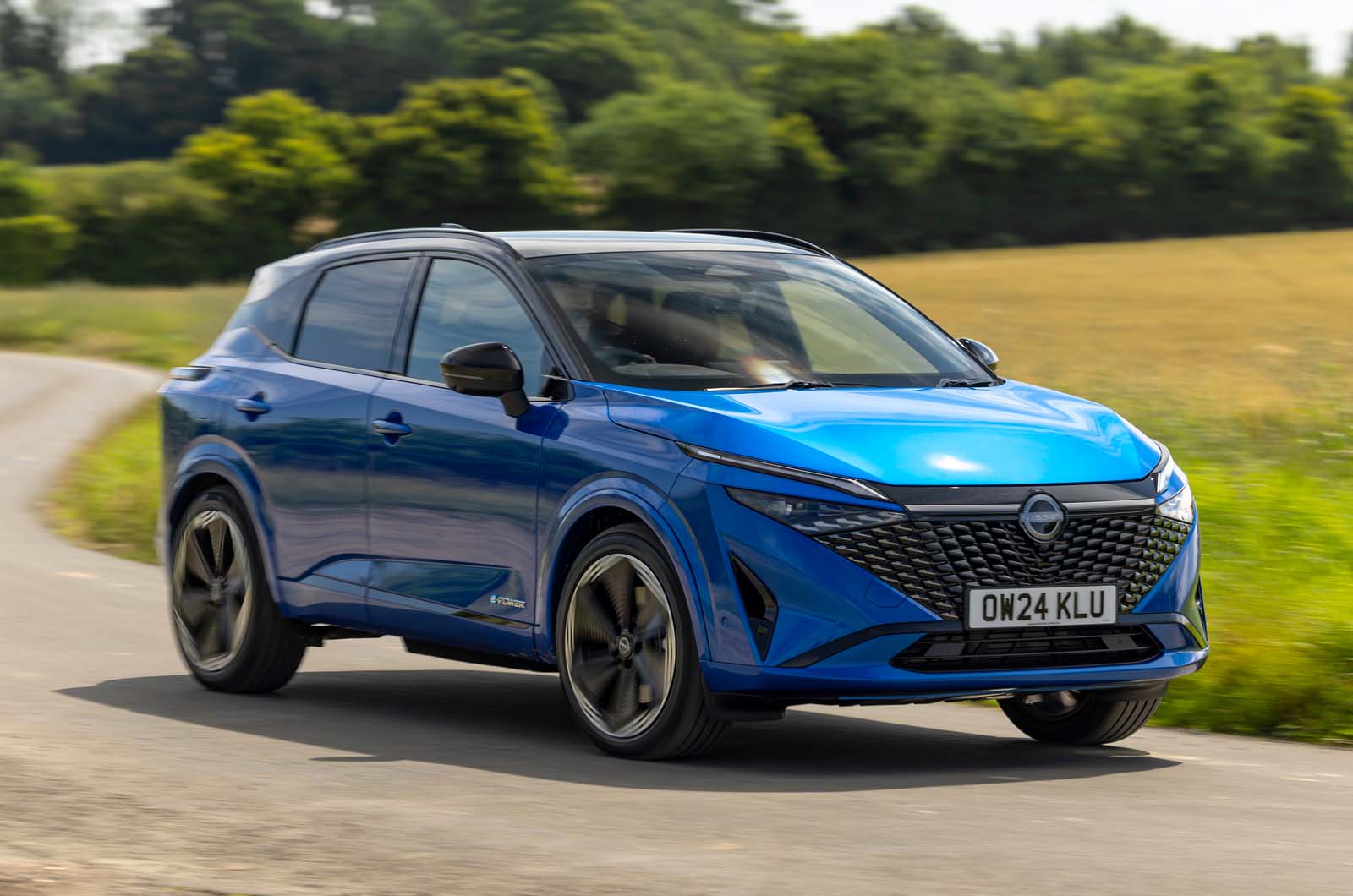The Qashqai feels well screwed together inside. Higher-spec models like the N-Design and Tekna+ get Alcantara-upholstered elements, such as on the dashboard, door cappings, centre console storage lid and seat bolsters, which gives the cabin a more upmarket feel.
Sure, some materials feel less premium, such as the synthetic leather on the seats – and the new patterned trim between the dashboard and glovebox feels pretty cheap. There are some scratchy plastics low down, too, but overall refinement is good.
Nissan’s focus for the facelifted Qashqai has been on technology. The software that underpins the car’s digital interfaces has been overhauled to improve graphics and response times.
The infotainment system gets Google built in, which means the Qashqai comes as standard with Google Maps and Google Assistant, a voice-controlled hands-free system activated when the driver says “Hey Google”.
There is credibility to Nissan’s claims of improvement: the infotainment screen is very responsive with no latency issue – adjusting the zoom on Google Maps was quick and easy. Its operation is also made easier by its layout, with shortcut buttons on the right-hand side of the screen making it easier to move between functions.
Pleasingly, Nissan has retained conventional buttons and rotary dials for the climate controls, which means adjusting the temperature or fan speed is a seamless process.
Parking is made easier by the Qashqai’s upgraded Around View Monitor, which features a 3D function to see the car from above when parking. A feature called Invisible Hood View allows drivers to position the front wheels as if looking at them from behind, allowing you to see directly underneath the car when manoeuvring in tight car parks, for example.
The Qashqai complies with EU GSR2 safety regulations, which requires speed limit recognition and driver monitoring systems. The speed limit monitoring can be a little overzealous at times; thankfully, it’s easy to deactivate. Once you’ve customised your preferences for the overspeed warning, lane keep assist and others in a menu the first time you drive the car, you can simply load that configuration with two clicks of a steering wheel button.
There’s a theme of common sense to the cabin, and this is shown by the number of sockets and charging ports dotted around the front of the interior. There’s a handy wireless charger underneath the climate controls (which can make your device quite hot), and multiple USB-C ports hidden out of the way in the central storage compartment.
Rear space is best described as adequate rather than abundant. Leg room is average for the class, but to give the Qashqai some credit, head room is more generous. And if you opt for a trim with a panoramic roof, this does make the cabin feel more spacious and airy.
Boot capacity has dropped for the latest version to 479 litres, down from 504 litres for the previous model. It is beaten quite soundly by the Kia Sportage's 587 litres, although that is a bigger car.



